
Management Plan Implementation Report 2022
Chambly Canal National Historic Site
What is an implementation report?
Parks Canada manages one of the finest and most extensive systems of protected natural and historic places in the world. Its mandate is to protect and present these places for the enjoyment of present and future generations. Strategic management focuses on the future of each national park, national marine conservation area, historic canal and national historic site that the Agency administers.
The Parks Canada Agency Act requires Parks Canada to prepare a management plan for each national historic site.The Chambly Canal National Historic Site of Canada Management Plan, tabled in Parliament in 2018, ensures that Parks Canada is accountable to Canadians by describing how the management of the site will lead to measurable results that support the Agency’s mandate.
This Implementation Report is a tool to share with Canadians, community partners, and stakeholders, the actions Parks Canada has taken and the accomplishments it has made to achieve the vision, strategies and objectives of the Management Plan.
Strategy no.1
The Chambly Canal: Preserving and enhancing its heritage and its cultural and natural landscape
This strategy aims to ensure that the condition of the historic components and the efforts to preserve them reflect the importance of the work of engineering that is the Chambly Canal.
Some achievements
Geotechnical drilling on the dikes
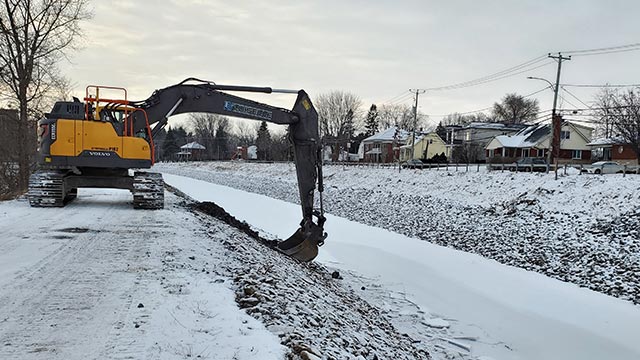
In 2022, Parks Canada Technical Services conducted several geotechnical drilling operations on the dikes of the Chambly Canal to assess the composition, stability, erosion levels, and potential issues of these structures. It is important to note that these dikes line the banks of the canal and are intended to retain its walls and contain the water within them. This operation is of great importance, as the canal dikes date back to the 19th century, and there is no documentation regarding the methods used to construct them. More precisely, construction methods in those days were less theorized than they are today. As a result, the work is carried out under archaeological supervision to document the design, construction, and maintenance of such structures.
Dike rehabilitation

Sometimes, the dikes of the Chambly Canal are compromised by burrows and/or dens created by burrowing animals. When this occurs, it is important to restore them quickly to prevent bank erosion, undesirable drainage paths and water leaks that can result in major damage to the structure, compromising public safety. In this context, dike B8-18 underwent reconstruction in 2022 to proactively address the issue. The repaired area is approximately equivalent to the size of a tennis court (210 m²).
Upgrading signage on the Chambly Canal Service Road

In order to improve the safety of the service road along the Chambly Canal, several signage panels have been replaced to bring them into compliance, and new ones have been added to indicate hazards such as curves, lane narrowing, and more.
Asset inspections
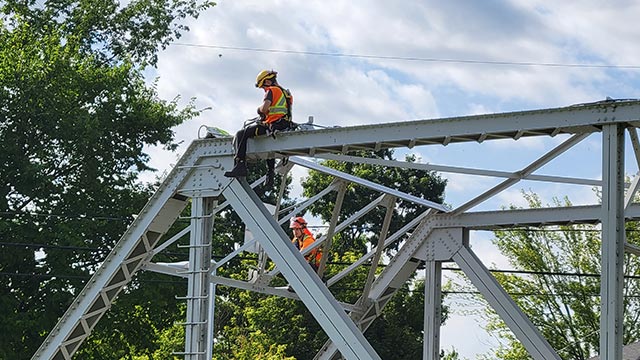
Asset inspectionsIn accordance with its Directive on the Management of Real Property, Parks Canada is required to carry out regular inspections of its infrastructures to assess their condition and identify dangers to the health and safety of its employees and the public. In 2022, several inspections were carried out on the dams, locks, dikes, weirs, bridges, footbridges, and lock gates of the Chambly Canal in order to plan the work required to address the problems identified.
Property maintenance

In accordance with its directive on real property management, Parks Canada must develop maintenance and recapitalization programs for its real estate assets. With this in mind, the envelope of Lock Cabin No. 3 at the Chambly Canal National Historic Site was the subject of a major recapitalization project.
Invasive plant control

Parks Canada and Nature-Action Québec carry out annual operations to control invasive plants along the banks of the Chambly Canal to preserve ecosystem health and prevent negative impacts on natural habitats. The Common Reed, also known as «phragmites,» is one of the primary targets of these operations. For over one year, a geomembrane is placed on top of the cut phragmites to block out the sun and reduce its access to water. Later, new vegetation is planted along the bank to prevent the phragmites from growing again.
Restoration of aquatic and riparian habitats
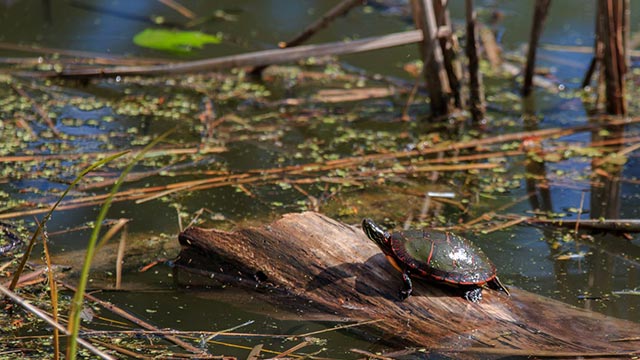
Parks Canada is collaborating with the non-profit organization Nature-Action Québec to restore the riparian and aquatic habitats of Île Fryer, located along the Chambly Canal. This project included, among other things, the installation of breeding sites and basking areas for amphibians and reptiles found in this area, such as snakes, frogs, turtles and salamanders.
Sampling of the Round Goby
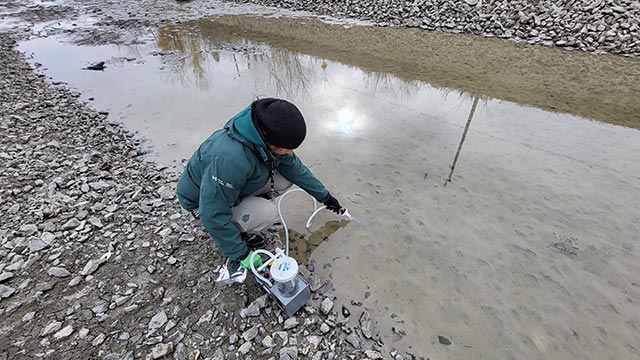
The Natural Resources Conservation team at Parks Canada is conducting multiple environmental DNA samplings in the Chambly Canal to detect the presence of the Round Goby, an invasive fish species. Since this Gobiid fish poses a threat to the repopulation of other species, its detection is highly important.
Planting of vegetation
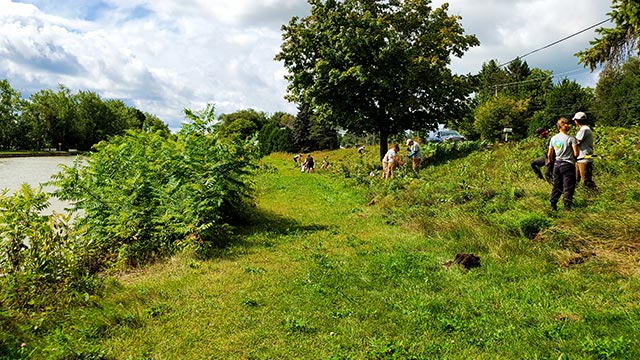
In partnership with Nature-Action Québec, Parks Canada is carrying out the planting of approximately 1,600 plants along the banks near Île Fryer. The trees and shrubs being planted enhance the quality of the natural habitats in this area. It is worth noting that around ten trees are also being planted near Bridge No. 7 to replace those that have been removed due to disease. These trees also contribute to the 2 Billion Trees national program.
Strategy no.2
An improved and diversified visitor experience from one end of the canal to the other
The purpose of this strategy is to improve the services and activities offered to enhance the visitor and boater experience along the Chambly Canal.
Some achievements
Construction and installation of new shelters
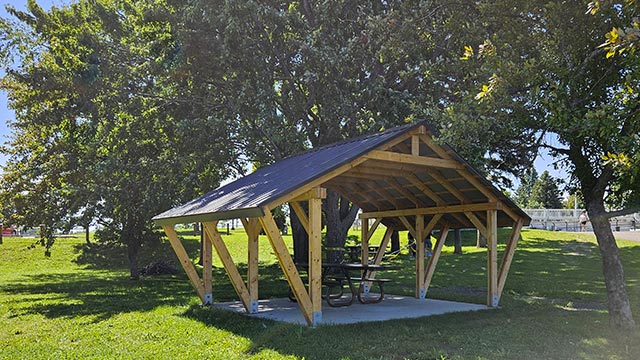
Parks Canada conceptualizes and builds new shelters inhouse to allow visitors to picnic sheltered from the sun and bad weather. These structures are installed around Locks Nos. 1, 2 and 3 in Old Chambly, as well as near Lock No. 9.
Improving safety on the multifunctional path

Parks Canada is making several corrections to the multifunctional path to make it safer for users. Signage is being improved, and new guardrails are being installed on the canal weirs.
Urban furniture refurbishment
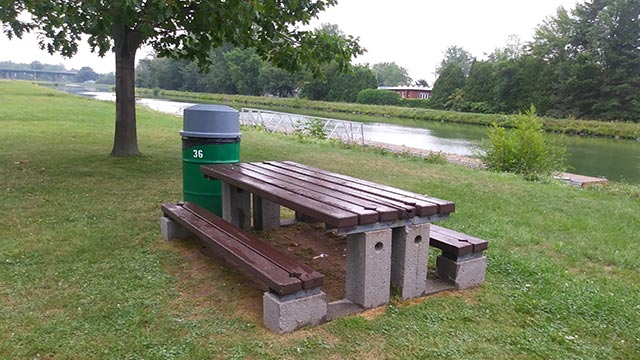
At the beginning of the 2022 operating season, Technical Services carried out repairs on numerous benches and picnic tables situated along the banks of the Chambly Canal. New tables were also ordered for installation in the summer of 2023.
Public gardens
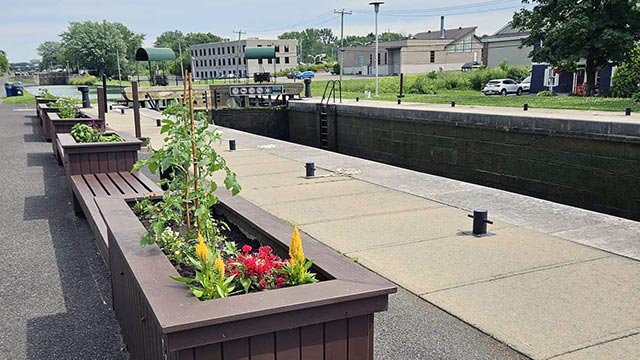
During the summer season of 2022, Parks Canada converted the planters of Locks No. 4 to No. 8 into vegetable gardens. The vegetables are available to both visitors and residents. This initiative has been a great success!
Gouin Bridge interpretation space
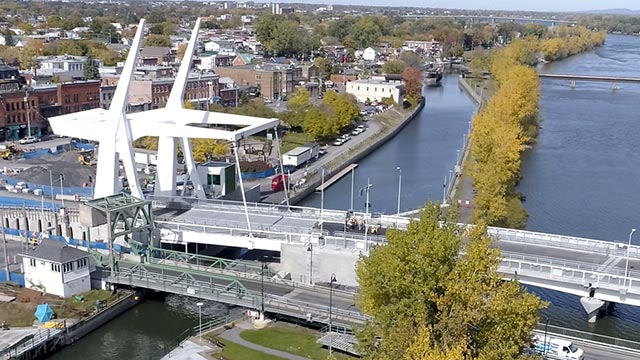
As part of the redevelopment of the Place publique du Vieux-Saint-Jean, Parks Canada is collaborating with the Ministère des Transports et de la Mobilité durable and the City of Saint-Jean-sur-Richelieu to design interpretive panels. These will be installed on a section of the public square dedicated, among other things, to commemorating the history of the site and the reconstruction of the Gouin Bridge.
Urban planning program for downtown Chambly

Parks Canada is taking part in the public consultations that the City of Chambly is undertaking for the adoption of a specific urban planning program for Chambly’s downtown heritage and recreational area. The purpose of this planning tool (french only) is to establish the City’s vision and development intentions for this area, which is undergoing major changes and facing considerable real estate development pressures.
New real estate projects
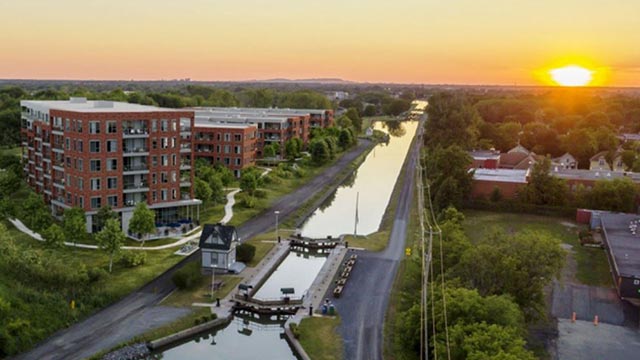
Parks Canada shares its opinion and provides recommendations to the City of Chambly regarding upcoming real estate projects along the Chambly Canal. The discussions prioritize visitor safety, protection of infrastructure and the preservation of the cultural landscape of the national historic site.
Site animation

Parks Canada hosted a variety of signature activities throughout the year 2022 to bring life to the banks of the Chambly Canal. These activities included workshops to introduce beginners to fishing, cross-country skiing and winter outdoor activities, as well as equipment rentals.
Strategy no.3
A source of pride and benefits for the community
This strategy aims to stimulate partnerships, agreements and business opportunities with partners to create a positive impact on the local community.
Some achievements
Activities and celebrations
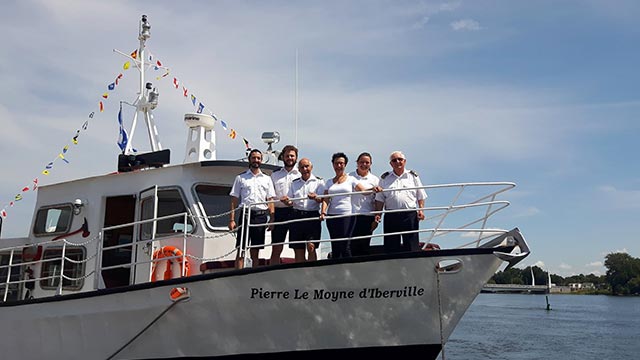
In 2022, a number of activities and celebrations were organized by third parties at the Chambly Canal National Historic Site. This diverse range of entertainment options spanned across the four seasons and included sporting, recreational, cultural and nautical activities. Some of these activities included the Pierre-Lavoie Great Walk, the Santa Run, the Terry Fox Run, the Chants de Vielles Festival, the Ho Ho Ho Tour, the Iberville Cruises, and even a fishing tournament. In total, Parks Canada granted 21 permits for various events.
Furniture at Parc des Ateliers

The City of Chambly enhances the layout of Parc des Ateliers by adding urban furniture for visitors to relax and enjoy themselves. This initiative contributes to the appropriation of the banks of the Chambly Canal by visitors and residents.
Fort-Sainte-Thérèse National Historic Site
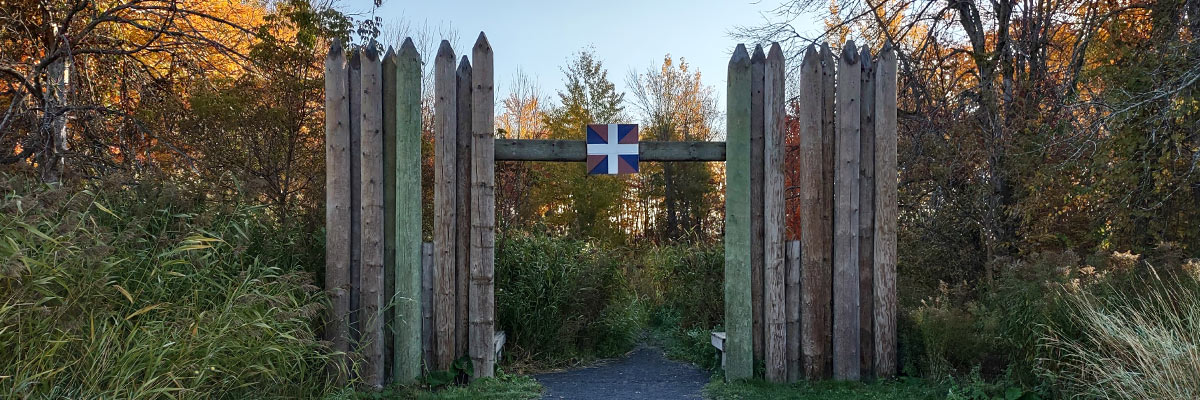
A sector-based management approach
Special direction is being developed for the Fort Sainte-Thérèse National Historic Site because it is a site of very significant historic value and the location of its remains has recently been discovered.
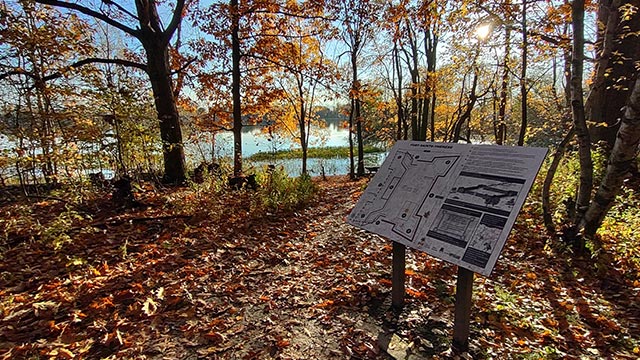
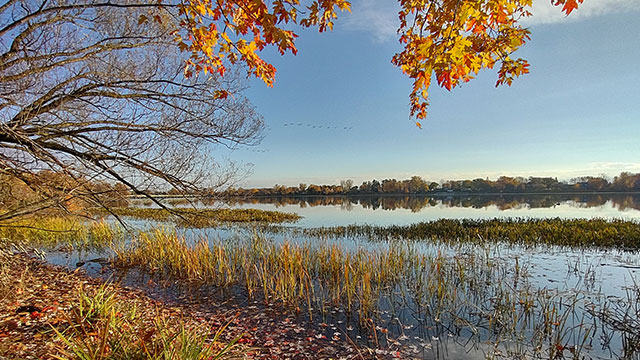
Commemorative Integrity Statement
A multidisciplinary team of professionals is diligently working on drafting the Commemorative Integrity Statement (CIS) for the Fort-Sainte-Thérèse National Historic Site. The participation of First Nations representatives is a priority that requires further coordination of the interested partners. A Commemorative Integrity Statement is a document that outlines the overall character of a national historic site and reports on it to the public. The development of the Fort-Sainte-Thérèse CIS is the starting point for planning actions related to objectives 1.3 and 1.4 below.A dynamic team at the service of Chambly Canal National Historic Site

2022, a busy year!
Parks Canada has been working hard since the adoption of the Chambly Canal National Historic Site Management Plan (2018) to bring the strategic vision to life. In addition to repairing its infrastructures, bringing the canal’s banks to life, organizing cultural events and establishing judicious collaborations with a variety of local partners, the Agency is also working to respond to the many requests for intervention it receives that have a direct impact on the safety of users and the commemorative integrity of the Chambly Canal National Historic Site.
- Date modified :